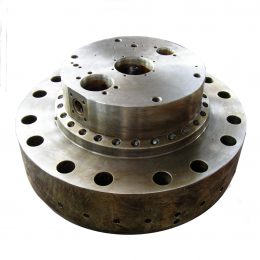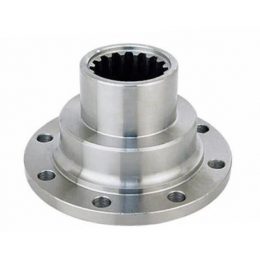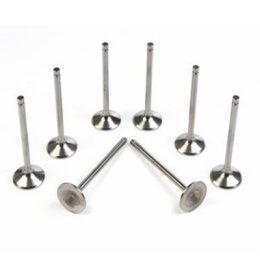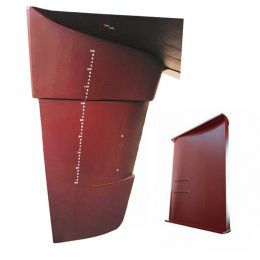Circulation System in a modern ship
Circulation System in a modern ship
Just like the human body, a ship needs good Circulation System to function properly.

In a ship, injection valves and fuel distributors are kept hot by the Circulation System of heated fuel. For each cylinder, there is a separate sub-system. A hot fuel circulating line is taken from the engine’s fuel supply pipe and the hot fuel oil is circulated through the cylinder fuel injection pump, the fuel injectors, and the fuel distribution block. After flowing through these, the fuel enters a return circulating line and then passes into a common return pipe. This common return pipe is connected to the booster return pipe via an orifice, located after the pressure-retaining valve and so the fuel used for injector and distributor heating can flow readily back to the mixing unit.
Bucket, lark, and industrial evolution
Piping systems and components have been catalysts and enablers of some of the greatest technological advancements in history. Suction pumps designed to pump water from mines helped the steam engine develop into a reliable source of power. Pressure pumps force the development of stronger piping materials.
This relationship between necessity and invention has also driven many key advancements in the maritime industry. No matter how well the wooden container is constructed and sealed, water will flow through the inside of the hull. Sailors had to fish out the water bucket by bucket. As ships evolve with the development of shipbuilding technology, more efficient methods of dewatering are required.
In fact, the development of shipbuilding requires better pipes, pumps, and valves. Advances in these components, in turn, have led to further improvements in ship design, construction processes, and materials.
This evolution continues today. Advances in materials and components have driven advances in ship design, while digitization allows users to exercise a greater degree of control and monitoring. These advancements, in turn, reduce maintenance costs and support the industry’s current efforts to improve efficiency and reduce emissions.
Circulation System anatomy
A vessel consists of many systems that move fluids in, out, and through different equipment and systems. The same physical rules, requirements, and components that regulate flow through the body’s cardiovascular system govern the circulation of fuel, cooling water, and other media through a ship’s system.
Likewise, fluid networks supporting marine vessels sometimes suffer from similar functional problems. Confinement, wear and tear can negatively impact operational efficiency.
However, shipboard systems require far more external maintenance than their human counterparts, which have at least limited self-healing capabilities. Any marine engineer will tell you in plain language the frustrations of dealing with leaking pipes, corroded valves and worn, inefficient pumps.



